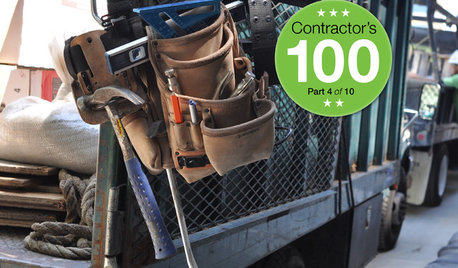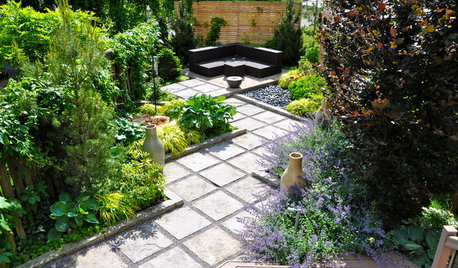Interpretation of soil & tissue test results � Help?
None
9 years ago
Related Stories

FARM YOUR YARDHow to Get Good Soil for Your Edible Garden
The nutrients in your soil feed the plants that feed you. Here are tips on getting it right — just in time for planting season
Full Story
HEALTHY HOMEWhat's the Deal With Radon?
Get the facts on testing for this cancer-causing gas — and how to make your home safe if it shows up
Full Story
MATERIALSInsulation Basics: What to Know About Spray Foam
Learn what exactly spray foam is, the pros and cons of using it and why you shouldn’t mess around with installation
Full Story
REMODELING GUIDESSo You Want to Build: 7 Steps to Creating a New Home
Get the house you envision — and even enjoy the process — by following this architect's guide to building a new home
Full Story
HOUSEKEEPINGTackle Big Messes Better With a Sparkling-Clean Dishwasher
You might think it’s self-cleaning, but your dishwasher needs regular upkeep to keep it working hard for you
Full Story
REMODELING GUIDESContractor Tips: What Your Contractor Really Means
Translate your contractor's lingo to get the communication on your home project right
Full Story
LANDSCAPE DESIGNHow to Create an Unforgettable Garden
Make an impression that will linger long after visitors have left by looking for the possibilities and meaning in your landscape
Full Story
LIFEYou Said It: ‘Every Room Should Have the Right Wrong Thing’ and More
This week on Houzz we were inspired to break out of catalog styling ruts and let our design freak flags fly
Full Story
WORKING WITH PROSWhat Do Landscape Architects Do?
There are many misconceptions about what landscape architects do. Learn what they bring to a project
Full Story
GARDENING FOR BUTTERFLIES3 Ways Native Plants Make Gardening So Much Better
You probably know about the lower maintenance. But native plants' other benefits go far beyond a little less watering and weeding
Full Story






NoneOriginal Author
NoneOriginal Author
Related Professionals
Cottonwood Landscape Architects & Landscape Designers · Garden City Landscape Architects & Landscape Designers · Saint Louis Park Landscape Architects & Landscape Designers · Camp Verde Landscape Contractors · Kahului Landscape Contractors · La Mirada Landscape Contractors · Longview Landscape Contractors · North Chicago Landscape Contractors · Palos Verdes Estates Landscape Contractors · Royal Oak Landscape Contractors · Smyrna Landscape Contractors · Soddy Daisy Landscape Contractors · Spring Landscape Contractors · Wallingford Landscape Contractors · North Hollywood Swimming Pool Buildersmorpheuspa (6B/7A, E. PA)
NoneOriginal Author
NoneOriginal Author
morpheuspa (6B/7A, E. PA)
NoneOriginal Author
NoneOriginal Author
morpheuspa (6B/7A, E. PA)
dchall_san_antonio